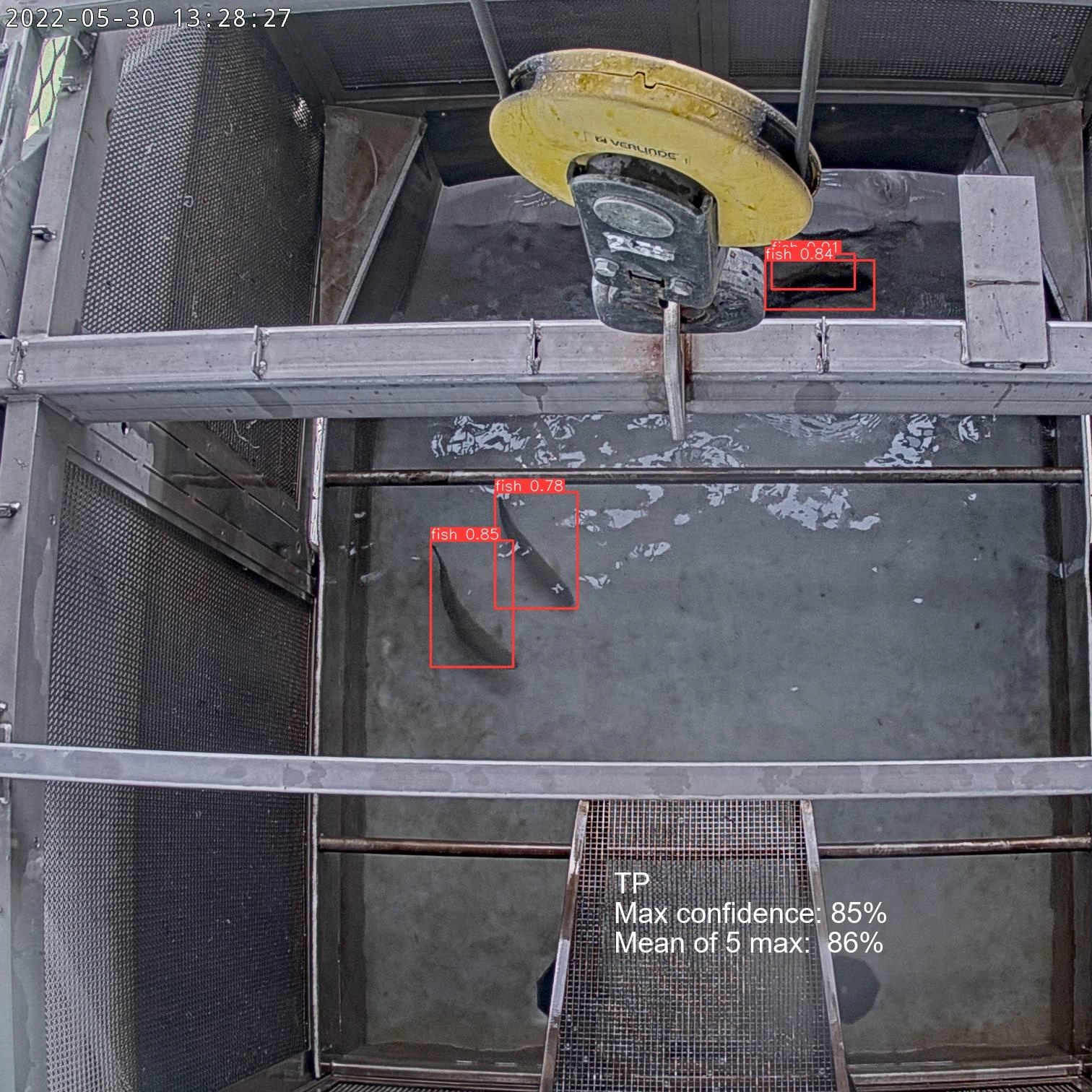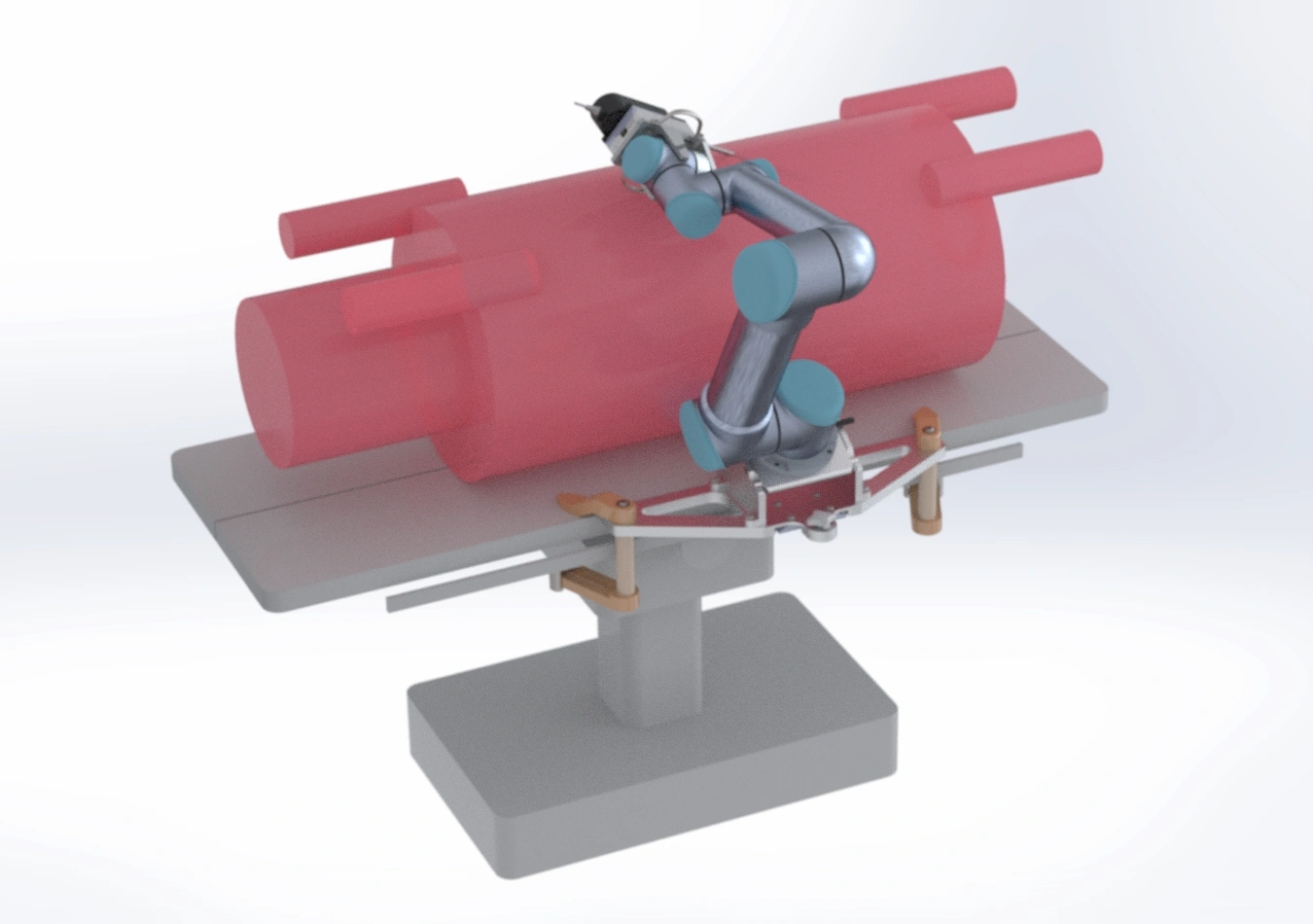Visionary possibilities
The advanced application of AI in our clients’ industries, including robotics, MedTech, processes, and manufacturing, is transforming these sectors in a profound way.
The dream of autonomous robots or systems capable of making independent decisions with little or no human interaction has inspired not only scientists and engineers, but also common trivia and pop culture – like HAL 9000, Stanley Kubrick’s fictional AI character. Today’s advancements in chip technology, machine learning and the development of advanced computing (such as neuromorphic sensors) certainly have brought us a lot closer to assessing AI’s potential impacts. This includes advancements in AI algorithms like deep reinforcement learning, neuromorphic computing and simultaneous localization and mapping (SLAM) to enhance navigation and decision-making capabilities.
The development of foundational world models like Google’s Genie 2 and Nvidia’s Cosmos plays a crucial role in the development of artificial general intelligence (AGI). They generate diverse, dynamic 3D environments, allowing AI agents to train in virtually unlimited scenarios, which is essential for developing robust and generalized AI systems. Their impact extends beyond simulation to robotics and other areas, providing AI with a deeper understanding of the physical world, which is crucial for achieving AGI.





